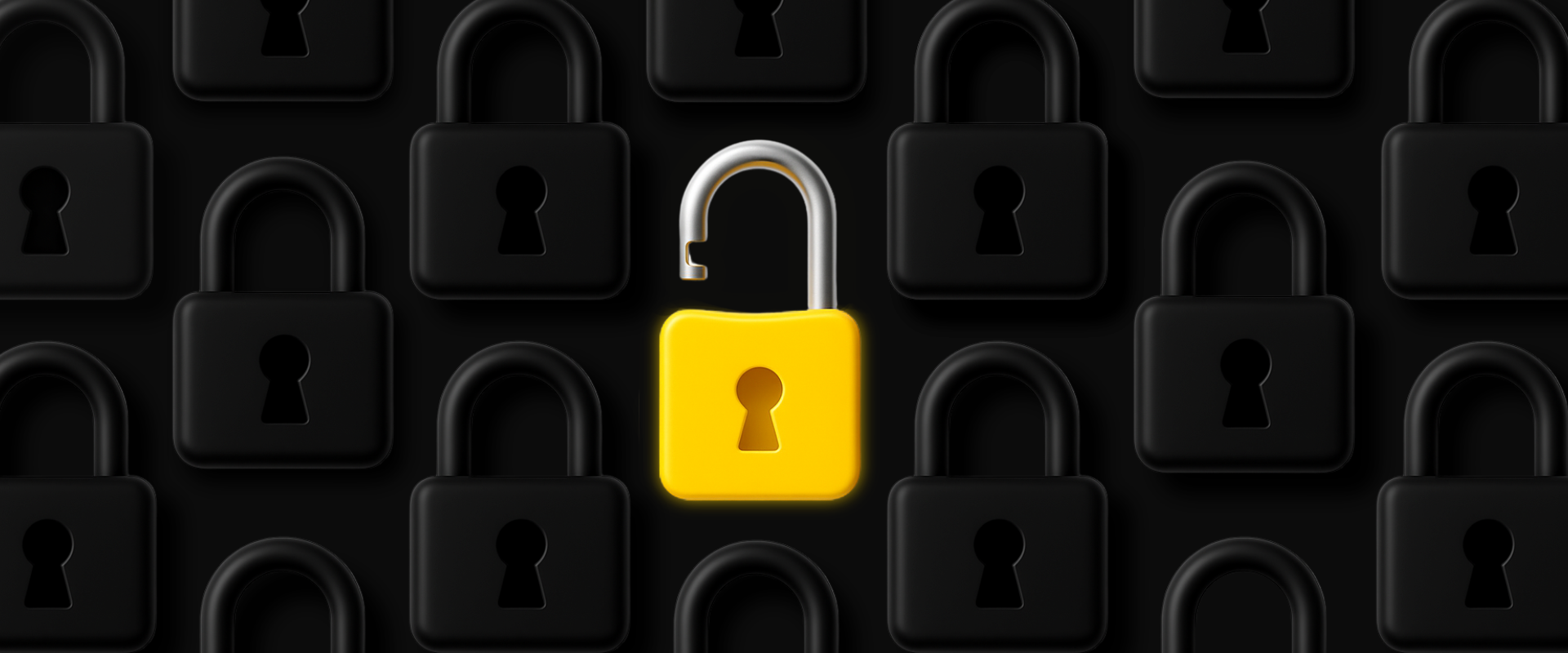Rolling out a website or digital product in 2026 is thrilling, but overlooking security is a risk you just can’t take. Security isn’t a one-time task at the end, it belongs at the core of your project from the very beginning. Whether you’re a web designer, developer, or digital strategist, everything from user protection to your reputation and future growth depends on integrating security into website launch your process right from the start.
Here’s how to weave cybersecurity into every launch:
1. Integrate Security in the Design Phase of Your Website Launch
Most teams don’t think about security until the end. That’s when the most expensive and challenging problems appear. Change that approach. Start every project with security at the forefront:
- As you wireframe, identify where sensitive data is stored and consider how someone might try to access it.
- Keep your UI/UX simple. Fewer fields and streamlined flows mean fewer vulnerabilities for attackers to exploit.
- Rely on established security practices such as authentication, authorization, and encryption. These are must-haves, not optional features.
Starting with security keeps users safer, streamlines development, and prevents stressful last-minute fixes.
2. Practice Secure Coding Every Day
Secure coding is more than technical know-how, it’s about consistent habits. Essentials include:
- Sanitize and validate all inputs, whether from forms or APIs. Don’t leave room for SQL injections or XSS attacks.
- Use version control like Git and include real people in code reviews—not just automated tools. AI is helpful, but human insight is essential.
- Monitor your dependencies. Outdated plugins and libraries are easy targets for attackers.
- Encrypt everything. Use TLS for data in transit, strong encryption for data at rest, and reliable password hashing.
These daily habits block many threats before they ever reach your users.
3. Leverage AI and Automation, But Don’t Depend on Them Alone
AI is a powerful ally in cybersecurity, but it’s not a cure-all. Use it to:
- Detect unusual traffic spikes or bot activity.
- Quickly scan for misconfigurations and vulnerabilities.
- Highlight risky code and suggest better alternatives.
Strike a balance. Combine intelligent AI tools with human judgment for better, faster decisions.
4. Test Continuously
Security isn’t a milestone you hit once. Testing needs to continue after launch.
- Conduct penetration tests to see how your defenses stand up to real threats.
- Automate security audits to find issues before attackers do.
- Monitor for unusual user behavior to catch problems early.
- Establish a clear incident response plan—know who’s responsible, how to communicate, and how to recover quickly.
Regular testing strengthens your defenses and builds user trust.
5. Train Your Team
Security is about people, not just technology.
- Ensure everyone knows how to handle sensitive data properly.
- Create a culture where security is everyone’s responsibility—not just IT’s concern.
- Discuss priorities, deadlines, and budgets openly—security affects everything.
When your team understands security, you reduce mistakes that cost time and money.
6. Remember SEO and Performance
Security directly impacts your site’s ranking and speed. Google favors secure, fast sites. If you get hacked or your site slows down, both your rankings and traffic suffer.
For 2026:
- Use HTTPS everywhere, with no exceptions.
- Keep your site fast and efficient to reduce denial-of-service risks.
- Write clean, organized code—both users and search engines notice.
Security and performance are launch necessities, not afterthoughts.
Final Thoughts: Act Now
In 2026, security isn’t optional, it’s essential. Design with security in mind, code with care, use AI wisely, test continually, and keep your team informed. That’s how you build trust, protect your brand, and set up lasting growth.
Don’t risk your next website launch. Prioritize security and speed from day one. Ready to launch something secure and reliable? contact Big Drop Inc. and make your 2026 launch one your users can trust.
